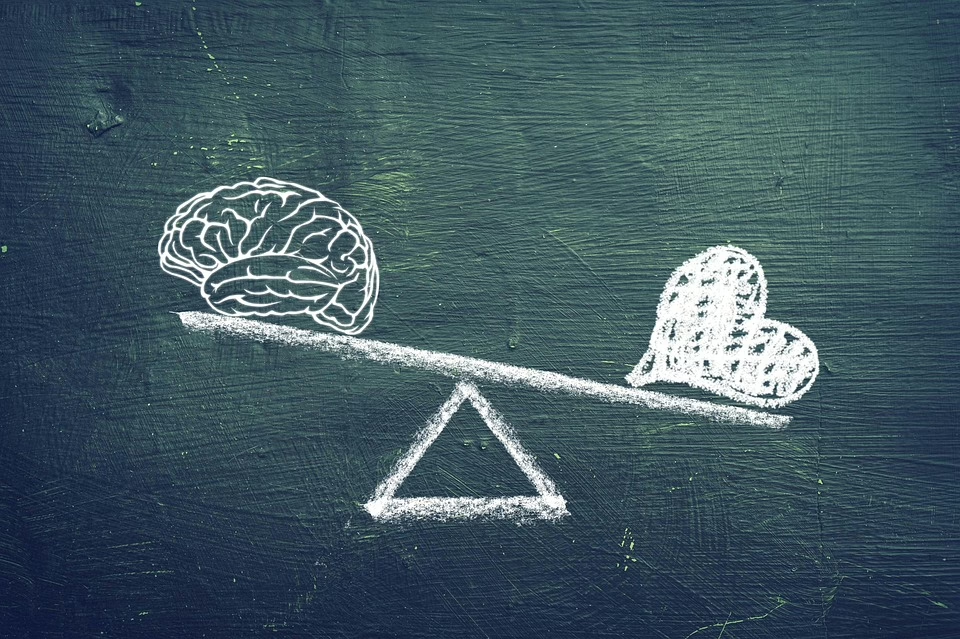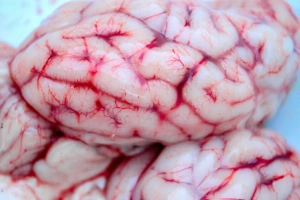The Roots of Understanding: Historical Insights into Psychology’s Symbols
Introduction
Psychology, often described as the science of the mind and behavior, has deep historical roots intertwined with various symbols and theories that have evolved over time. Understanding these symbols provides insight into the historical context in which psychological thought developed. From ancient civilizations to contemporary theories, symbols in psychology serve a vital role in conveying complex ideas about human nature, cognition, and emotion. This article delves into the historical evolution of key symbols in psychology, elucidating their meanings and implications in understanding the human psyche.
Ancient Civilizations and the Birth of Psychological Symbols
Mesopotamia and Egypt
The origins of psychological symbols can be traced back to ancient civilizations such as Mesopotamia and Egypt. In these societies, the understanding of the mind and behavior was often linked to spirituality and the gods. The Egyptians, for instance, believed in the concept of the “Ba” and the “Ka,” which represented the soul and the life force, respectively. These symbols illustrated a view of the individual that was deeply spiritual, suggesting that human behavior was influenced by divine forces. The “Ankh,” representing life, became a powerful emblem of psychological well-being and was often used in burial practices to signify the transition of the soul into the afterlife, indicating early notions of mental health and existential inquiry.
Greek Philosophy
The Greeks made significant contributions to psychological thought, introducing symbols that continue to influence modern psychology. One of the most pivotal symbols from this era is the “Psyche,” often depicted as a butterfly, representing the soul and the process of transformation. Philosophers like Plato and Aristotle explored the essence of human experience, blending psychological and philosophical inquiry. Plato’s allegory of the cave, which illustrates the difference between the perceived reality and the reality of forms, serves as a metaphor for human consciousness and understanding. This symbolic representation of enlightenment emphasizes the quest for knowledge as an integral part of the human experience.
The Renaissance: Shifts in Understanding
The Renaissance marked a significant shift in the understanding of the mind, moving towards a more empirical approach. This period saw the emergence of various symbols that would shape psychological thought.
The Humanist Perspective
Humanism introduced the idea of individual potential and self-actualization. The symbol of “the self,” often depicted through Renaissance art, signified an exploration of human emotion, reason, and identity. This was an important departure from the previously held views dominated by religious interpretations of behavior. Renaissance thinkers like Michel de Montaigne emphasized the uniqueness of the individual, establishing a foundation for later psychological theories that prioritize subjective experience.
Alchemical Symbols
The use of alchemical symbols during the Renaissance also contributed to psychological thinking. Alchemy, with its focus on transformation and personal growth, parallels the psychological process of individuation described by Carl Jung. The philosopher’s stone, often symbolizing the ultimate goal of transformation, resonates with the notion of personal development in psychological contexts. This connection highlights the enduring legacy of Renaissance thought in shaping modern psychological symbols.
The Enlightenment and the Scientific Revolution
The Enlightenment further advanced the study of human behavior, transitioning psychology towards a more scientific and systematic inquiry. During this period, several crucial symbols emerged that represented the burgeoning understanding of the human mind.
The Cogito
René Descartes’ famous phrase “Cogito, ergo sum” (I think, therefore I am) became a fundamental symbol of self-awareness and consciousness. This idea expressed the distinction between the mind and the body, laying the groundwork for dualism—a concept that would later inform psychological theories regarding mental processes and their connection to physical behavior. The cogito symbolizes the essence of thinking and introspection, leading contemporary discussions on consciousness and awareness.
The Clockwork Universe
The Enlightenment also introduced the metaphor of the universe as a “clockwork” mechanism, reflecting the belief that human behavior could be measured and understood through observation and scientific inquiry. This symbol represented the shift towards determinism and the idea that human actions could be predicted much like the workings of a machine. While this mechanistic view laid essential groundwork for behavioral psychology, it also sparked debates about free will and the complexities of human motivation.
19th Century: The Birth of Modern Psychology
The 19th century witnessed the formal establishment of psychology as a distinct scientific discipline. This era brought forth numerous symbols that would define the field.
The Labyrinth
The symbol of the labyrinth became a potent representation of the complexity of human consciousness and behavior. In a psychological context, it signifies the intricate pathways of thought and emotion that individuals navigate in search of understanding and resolution. This image emphasizes the challenges and confusions inherent in the human experience, aligning well with the emerging ideas of psychoanalysis and introspection.
The Iceberg Metaphor
Sigmund Freud, the father of psychoanalysis, popularized the iceberg metaphor to describe the conscious and unconscious mind. The visible part of the iceberg represents conscious thoughts, while the vast underwater portion symbolizes the unconscious—home to repressed memories and instincts. This symbol underscored the complexity of human psychology and the necessity of exploring underlying motivations to gain insight into behavior. Freud’s theories, laden with symbolic meaning, laid the foundation for a new understanding of human dynamics.
The 20th Century: Expanding Horizons
The 20th century saw a proliferation of psychological theories and corresponding symbols that enriched the field’s understanding of the human psyche.
The Tree of Life
Carl Jung’s “Tree of Life” represents personal growth, development, and the interconnectedness of the conscious and unconscious mind. This symbol reflects Jung’s belief in individuation—the process of integrating various aspects of the self to achieve wholeness. The tree’s roots symbolize our past experiences and influences while its branches reach towards the future, illustrating the developmental journey each individual undertakes. This imagery encapsulates the psychological pursuit of self-discovery and meaning.
The Mandala
Another symbol frequently associated with Jungian psychology is the mandala, a geometric figure often used in various spiritual traditions. Jung viewed the mandala as a representation of the unconscious self, embodying the quest for inner harmony and balance. The circular form symbolizes wholeness and unity, echoing the psychological goal of integrating disparate aspects of the self. Jung’s emphasis on mandalas as tools for self-reflection and exploration reflects the importance of symbols in psychological practice.
Contemporary Symbols in Psychology
As psychology continues to evolve, new symbols emerge to represent contemporary theories and practices.
The Spiral
In modern psychology, the spiral is often used to represent personal development and growth. Unlike linear models of progress, the spiral acknowledges the non-linear nature of human experiences, where individuals may revisit challenges, learn, and evolve over time. This symbol is particularly relevant in therapeutic contexts where clients may cycle through various issues before achieving resolution.
The Brain and Neural Networks
With the advent of neuroscience, the brain has become a central symbol in understanding human behavior. The representation of neural networks illustrates the complexity of mental processes, emphasizing the biological underpinnings of psychology. This symbol compels practitioners to consider the intricate interplay between biology, cognition, and behavior, marking a significant shift towards a more holistic understanding of the mind.
Conclusion
The evolution of symbols in psychology reflects the multifaceted nature of human understanding and the historical progression of thought related to the mind and behavior. From ancient spiritual representations to contemporary scientific imagery, these symbols serve as essential tools for conveying profound insights into the human experience. As psychology continues to evolve, the symbols we use will undoubtedly adapt and transform, enriching our understanding of ourselves and the ways we relate to one another. The exploration of these symbols not only highlights the historical roots of psychological thought but also inspires a deeper appreciation for the complexity of the human psyche.
Modern References
- Freud, S. (1923). The Ego and the Id. Standard Edition, Volume 19.
- Jung, C. G. (1964). Man and His Symbols. Anchor Press/Doubleday.
- Descartes, R. (1637). Discourse on the Method.
- Maslow, A. H. (1954). Motivation and Personality.
- Rogers, C. R. (1961). On Becoming a Person: A Therapist’s View of Psychotherapy.


























Add Comment